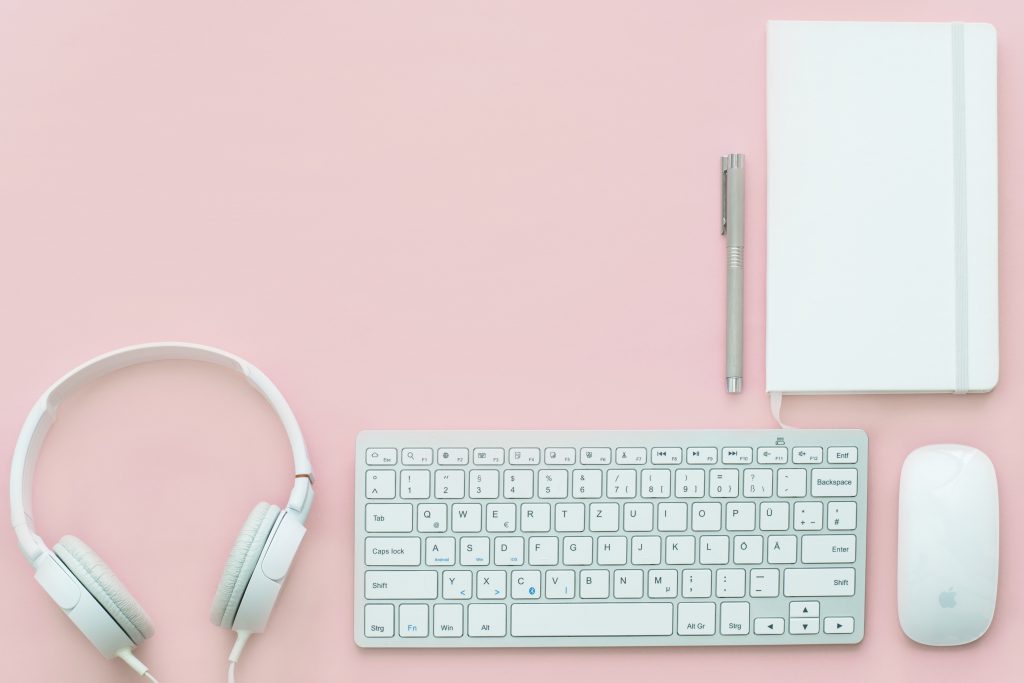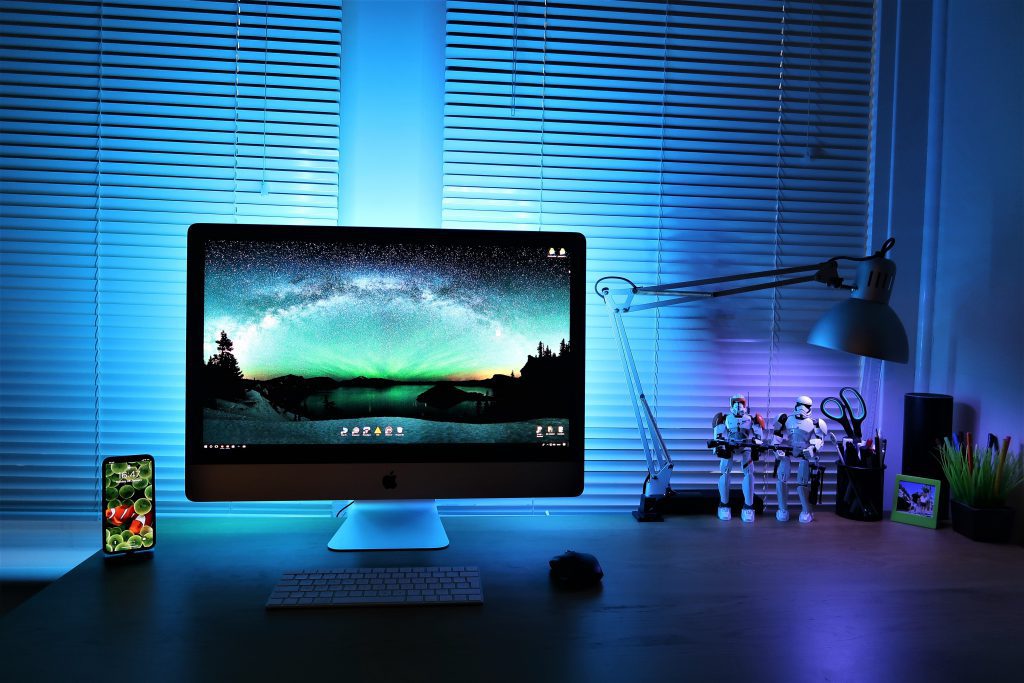Like much of the population, I spend hours every day staring at my computer screen — eight hours for work and then a few more streaming shows, online shopping, or playing video games. Unsurprisingly, there’s a lot going on each of my desktops and tons of random downloads clogging up my storage space and memory.
I want to start my new year with an organized, simple to use, and aesthetically pleasing digital work space. That’s why before winter break, I took some time to clean up and clear out my downloads and desktop. Here’s the process I used.

Download clean-up
Sort and Delete the Obvious
Start with a quick review of your downloads folder. Delete the files that you know you won’t need again. For me this was hundreds of royalty free images. Thankfully, the name of the website is in the name of each photo so I could filter and delete them in large batches.
Next, go through the rest of your downloads on by one. Decide to delete them or move them to a different folder like Documents or something more specific.
Can’t decide to delete or save? Move them to the side or to a TBD folder for the time being. We’ll come back to them later.
Evaluate Those in Limbo
Once you comb through your downloads, evaluate the items left in the TBD folder. For each file ask yourself:
- In what case would I use this?
- Would this be more useful in the hands of someone else?
- Should I be storing this file elsewhere (in a shared drive, in a CRM or other tool, etc.)?
Keep those that are useful to you, relocate files that belong elsewhere, and delete those that are irrelevant.
Create an Organization System
Once you’ve done a rough sort and evaluation of your downloads, organize them. There’s no use in saving files if you can’t find them when you actually need them. Create folders, and folders within those folders, in whichever structure makes most sense to you. Additionally, rename files, especially if they’re a bunch of random letters and numbers that hold no meaning. You should be able to tell what a file is about without having to open the file.
Repeat the process in your OneDrive, Google Drive, and any other place that you store files.
Desktop clear-out
Evaluate and Delete
The process to organize my desktop was similar to that of my downloads but simpler. For each app or file on your desktop, ask yourself:
- Do I use this shortcut?
- How frequently am I using this app or file?
- How easily can I access this app or file if it’s not right on my desktop?
The icons left on your desktop should be ones that you use frequently and need quick access to. Delete the others and, when you need them, access them another way (search bar, file explorer, website, etc.).
Organize the Remainders
Maybe this is by topic. Maybe it’s alphabetical. Maybe it makes most sense to order them by the time of the day that the app or file is used. Maybe it’s by a color gradient. Place them in an order that makes sense to you and allows you to easily find what you’re looking for.

What’s the point?
Why bother with deleting and organizing if I’m just going to keep downloading and saving things to my desktop? Three reasons: memory, efficiency, aesthetics.
Deleting unnecessary files and apps frees up space and memory on your computer, making room for future projects.
Having a system in which you organize your files and desktop means that you can easily and quickly find what you’re looking for, saving you time and from frustration. Additionally, apps can sometimes run in the background which slows down your computer. Deleting some of those apps can help your computer run more efficiently.
Lastly, an organized work space is just more pleasing to look at than a jumbled mix of files. When everything else in life is chaotic, you can find solace in this carefully catalogued area of your computer.
Taking the time to organize now means you can organize as you go. Save files to the folders you created and periodically go back and delete superfluous downloads. That way, next year’s year-end clear-up won’t be nearly as tedious.
Looking for ways to help boost your team’s productivity? Start a conversation to find out what’s holding them back from getting things done! An employee survey can be a perfect place to kick things off — and get things moving!






